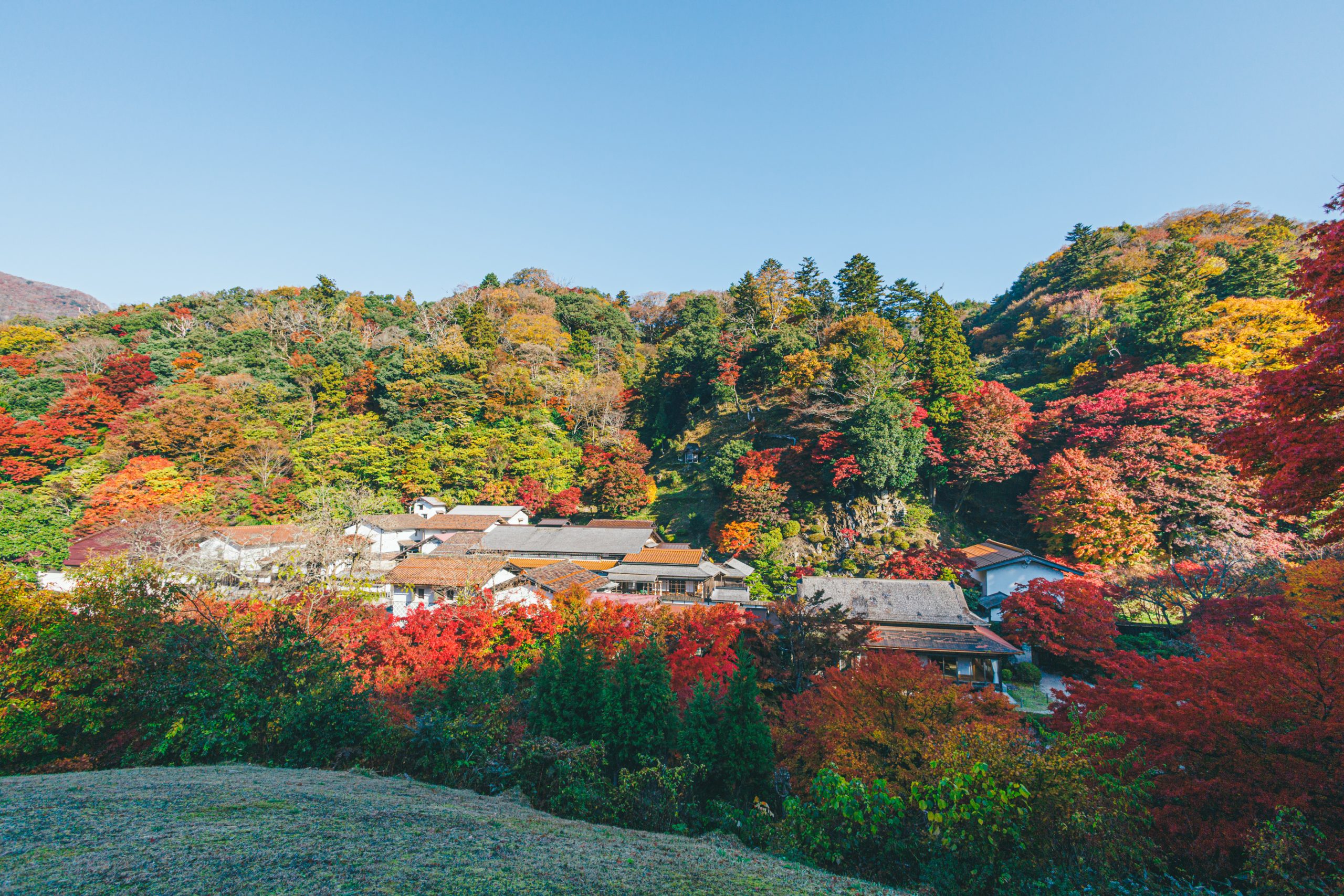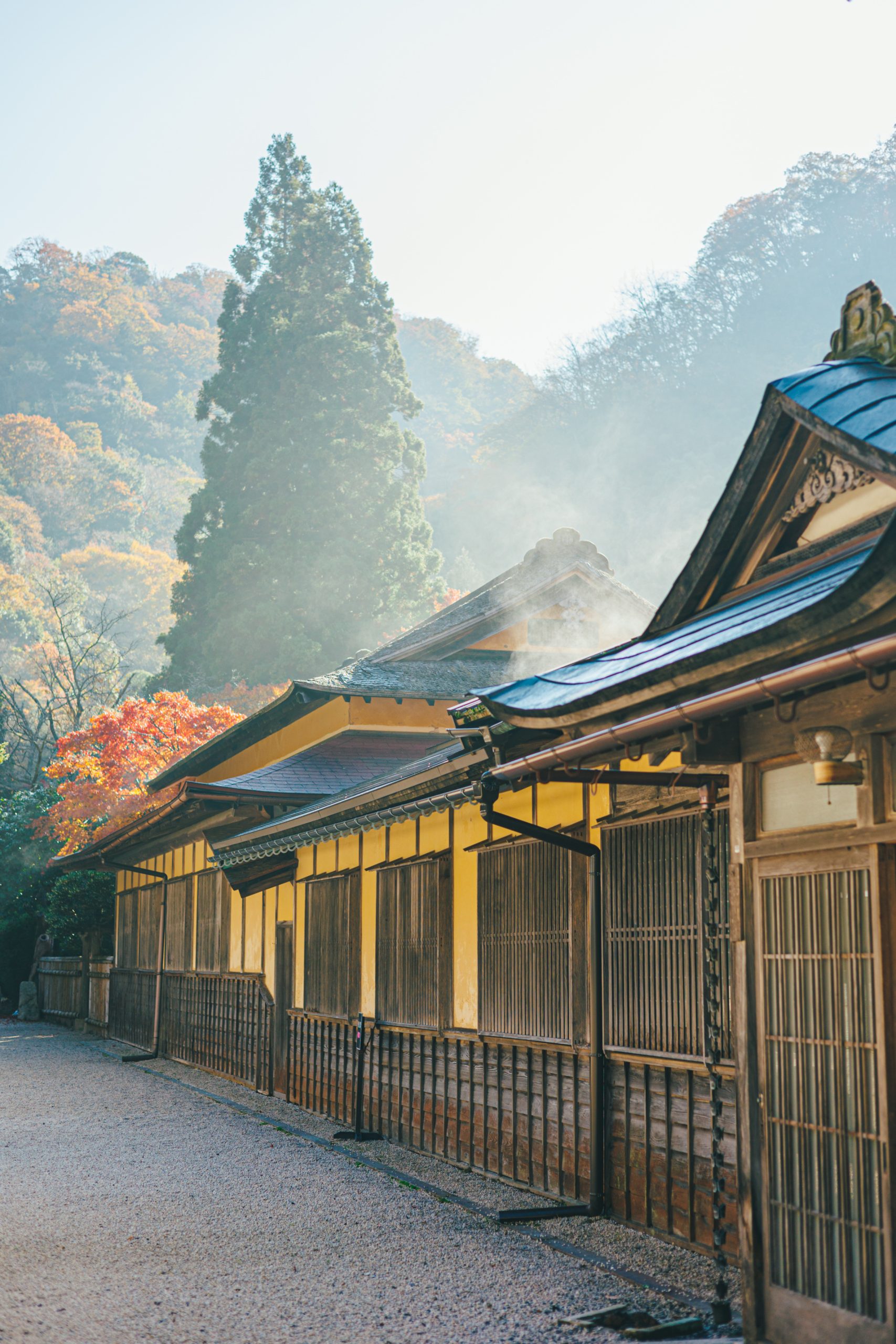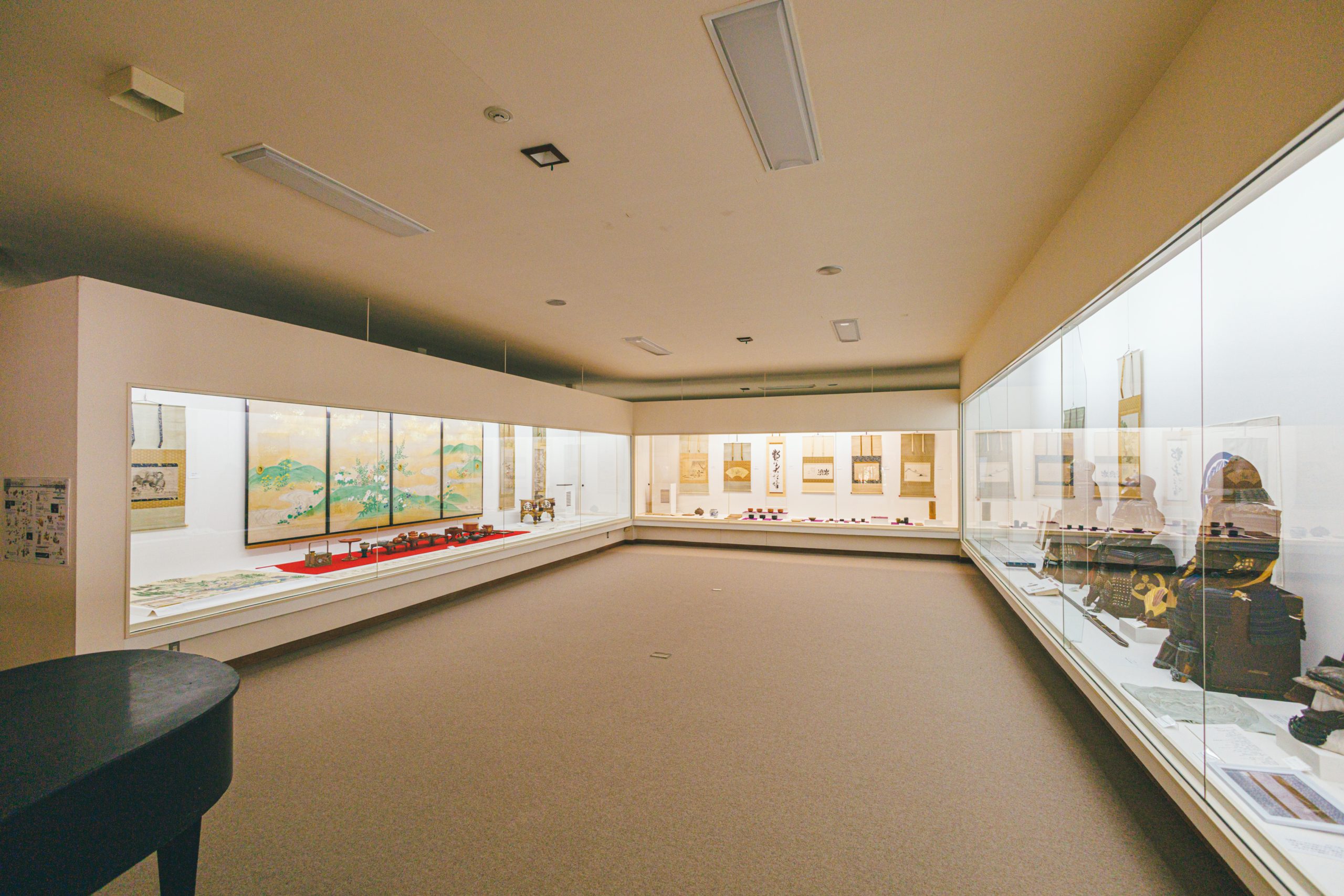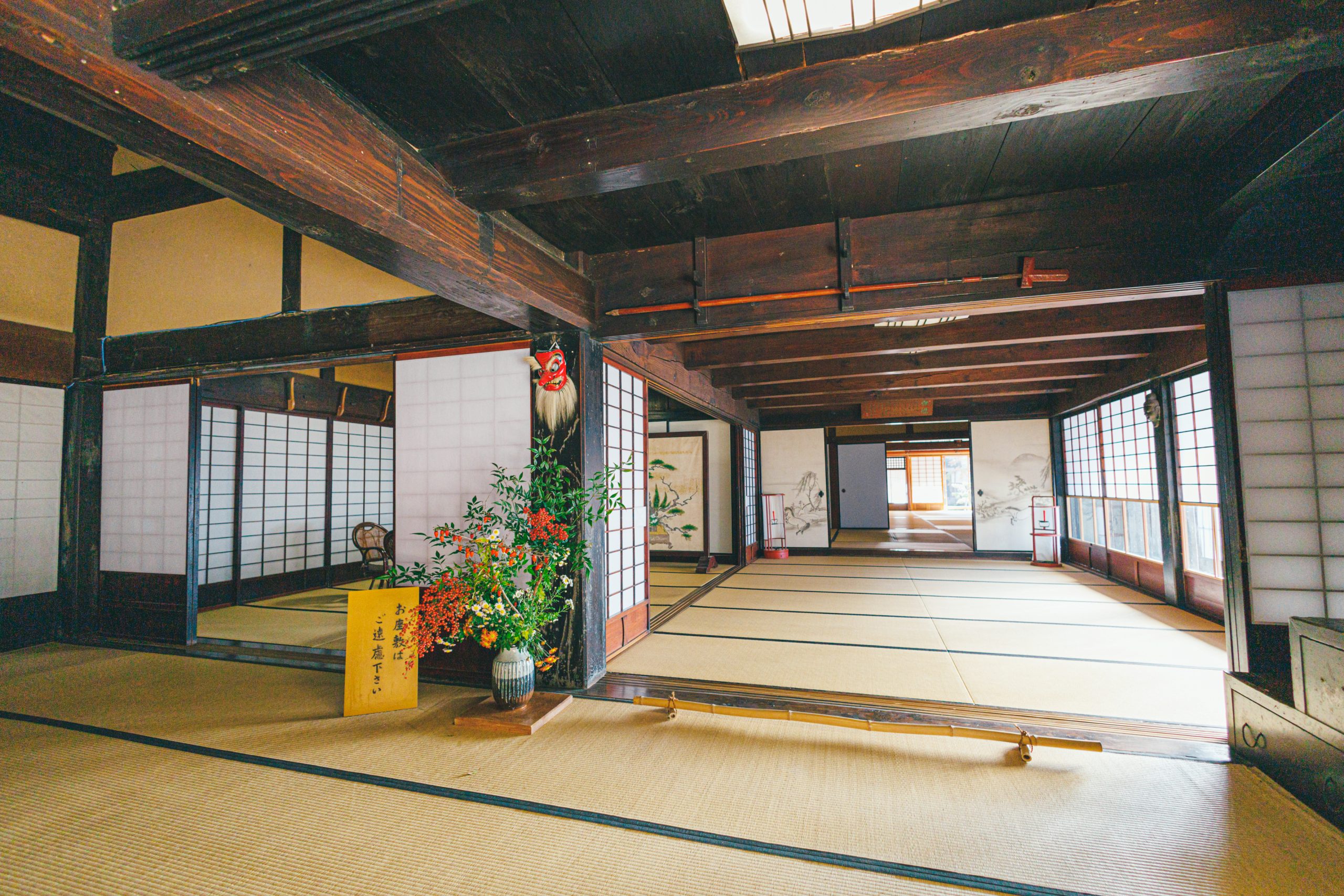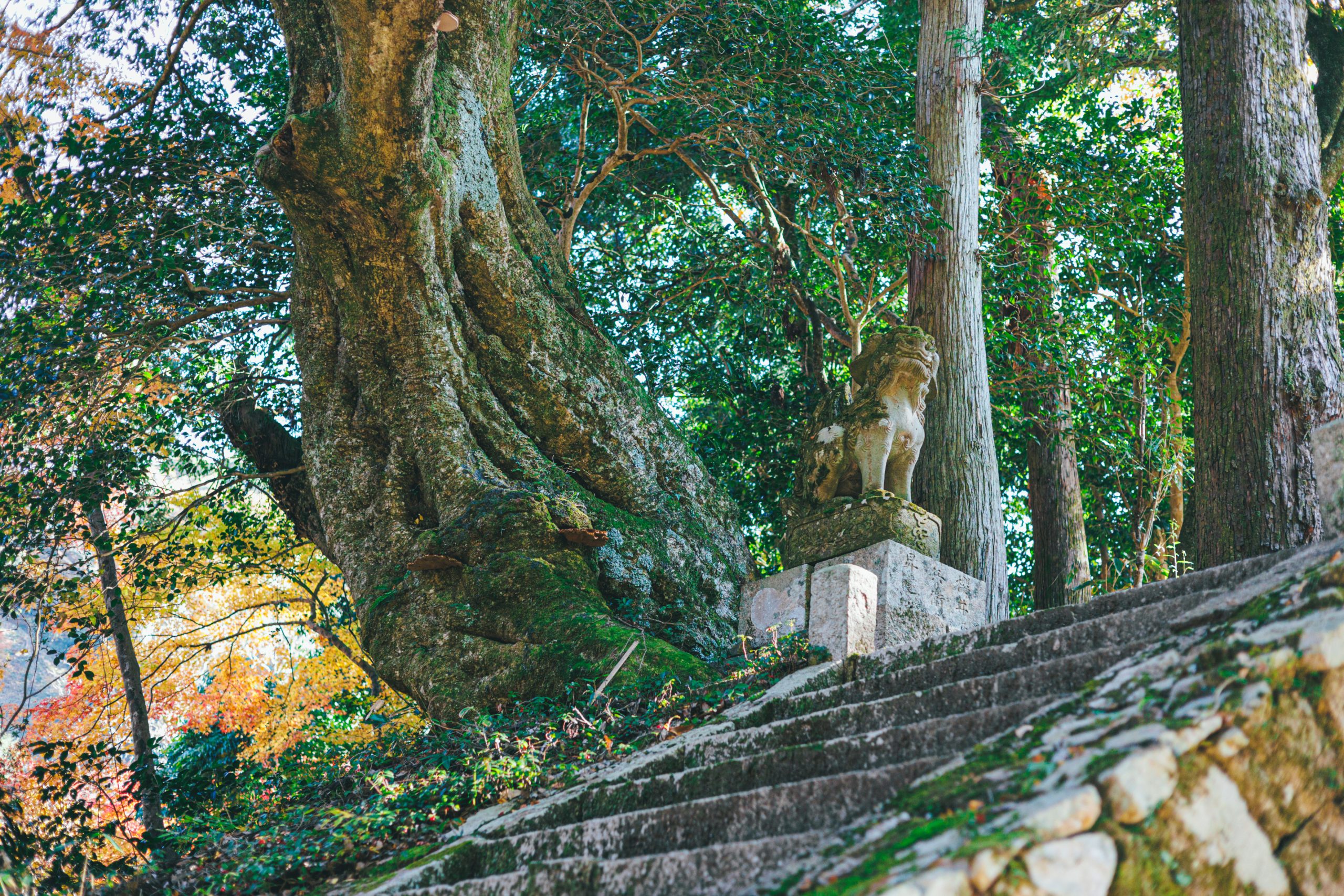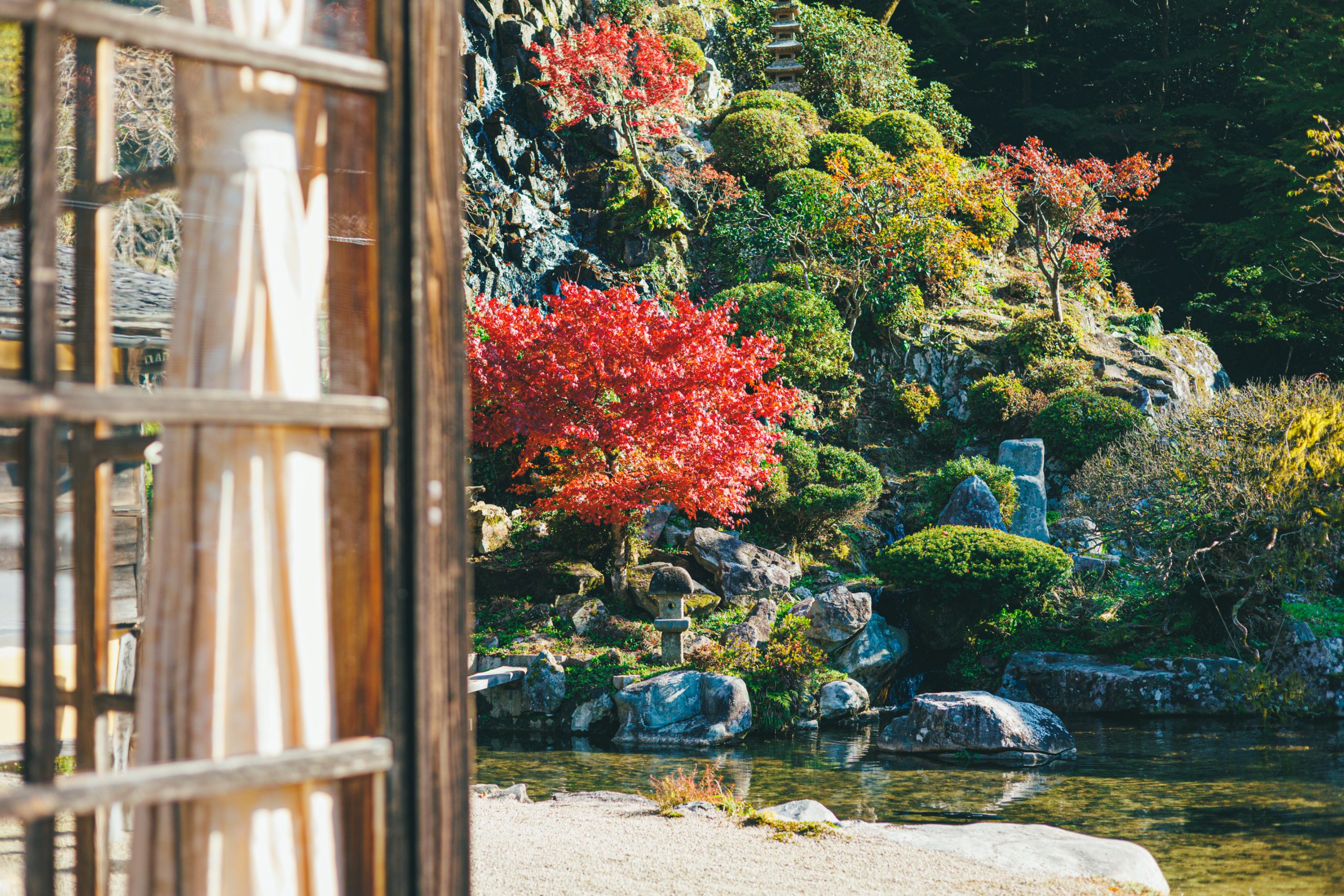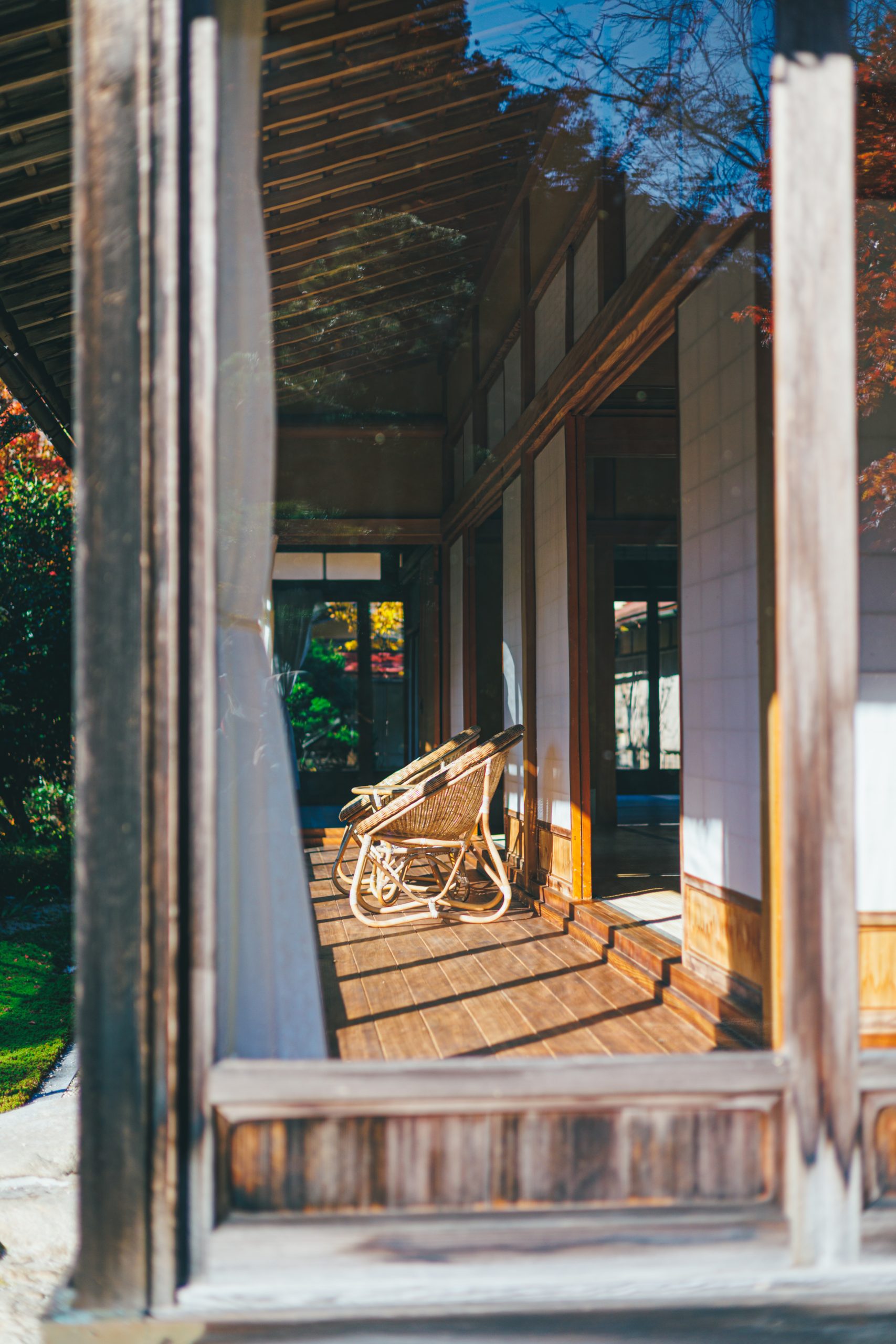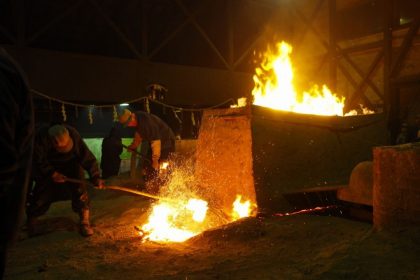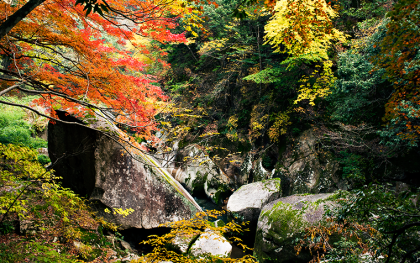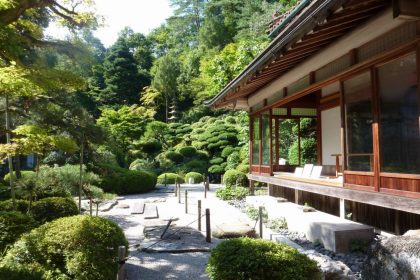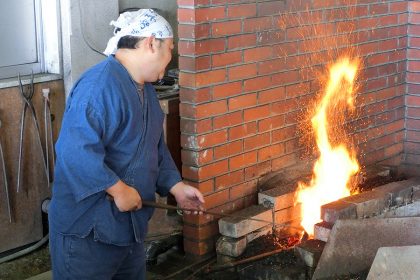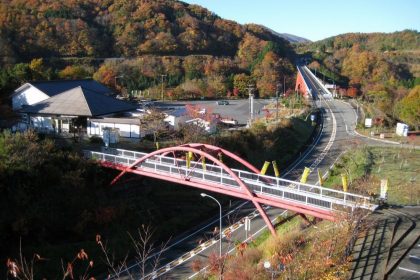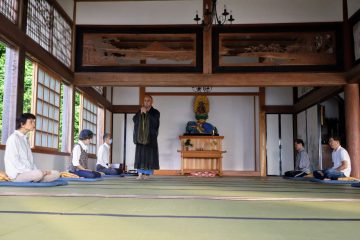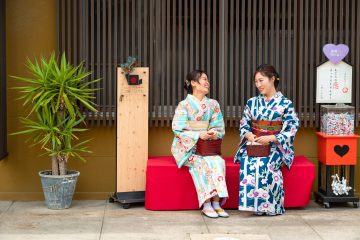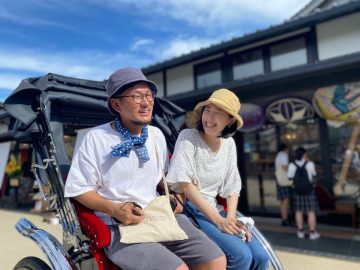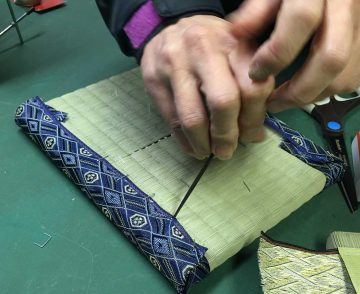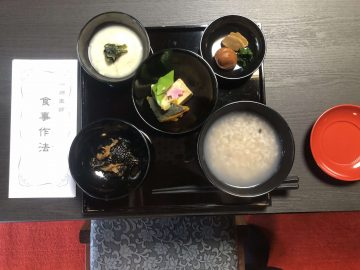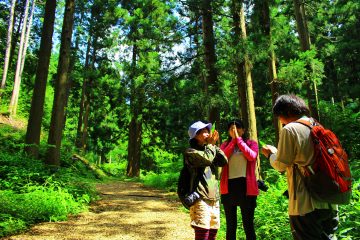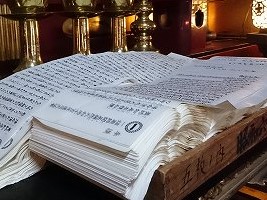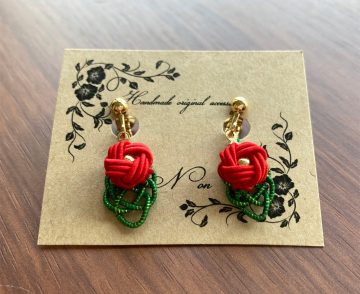Kabeya Shuseikan Hall / Sakurai Family Residence and Garden
Kabeya: The Legacy of the Sakurai Family and Traditional Tatara Ironworking in Izumo
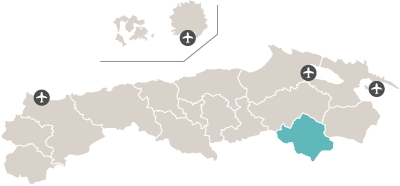
The Sakurai family, known by their house name “Kabeya,” has a deep-rooted history in Izumo’s ancient ironworking tradition, the Tatara method. In the Edo period, the Sakurai family held the prestigious role of “Tesshi Toudori” (Head Ironmaster) for the Matsue Domain, and was entrusted as a county official. Alongside the Tanabe and Itohara families, the Sakurai family became renowned as one of the “Three Great Ironmaking Families”, continually advancing and preserving Tatara ironworking methods for generations.
The Sakurai family also contributed to regional development by cultivating farmland, supporting forestry, and fostering education and cultural pursuits in the Nita area. Adjacent to the main residence, the Kabeya Shuseikan Hall is a Japanese-style building constructed in the classic “irimoya-tsukuri” style with a sloped tiled roof, covering an area of 460 square meters. Open to the public, this hall houses an extensive collection of approximately 4,500 artifacts, including Tatara ironworking documents, hanging scrolls handwritten by Matsudaira Harusato (Fumai), antique manuscripts, and various daily furnishings and armor once used by the Sakurai family, as well as artworks from visiting poets and scholars.
This was a filming location for the Japanese drama series VIVANT.
Basic Information
| Address | 1655 Kamiai, Okuizumo-cho, Nita-gun / 〒699-1621 仁多郡奥出雲町上阿井1655 |
|---|---|
| Tel. No. for Inquiries | Abeya Shuseikan Hall TEL:0854-56-0800 |
| Operating Hours | [end of Mar.- beg. Of Dec.] 9:00 am - 4:30 pm *last admission at 4:00 pm |
| Fee | [Shuseikan Hall & Garden Ticket] Adult: ¥1,000 / University & High school students: ¥650 / Junior High & Elementary school students: ¥450 [Shuseikan Hall Only Ticket] Adult: ¥700 / University & High school students: ¥400 / Junior High & Elementary school students: ¥300 [Garden Only Ticket] Adult: ¥400 / University & High school students: ¥300 / Junior High & Elementary school students: ¥200 |
| Holidays | Every Monday (Tues. if Mon. is a public holiday) mid of Dec. - mid of Mar. |
| Access | 20 min. by car from Izumo-minari Station of the JR Kiskui Line |
| Parking Lot | Free Parking (50 spaces) |
| Official Site | http://kabeya-syuseikan.com |





















